[dropcap]T[/dropcap]he premiere of Disney’s 3D animated movie at the El Capitan Theater (Hollywood, CA) the evening of August 5th saw huge lines — but it wasn’t just about seeing the movie. Hotseat Chassis set up across from the Marquee to entice those willing to take command of the skies. But for those who thought a seat, joystick and a 22” monitor was all that was needed for flight simulation, seeing the Flight Sim Triple Screen’s $7,995 worth of hardware and software was a shock, but one that could be overcome once staring at the three 32” 1080p HD screens staggered together so as to form a panoramic view from the pilot’s seat.
The flight simulator has been programmed for a final approach into LAX, with the cockpit and associated controls reflecting that of an Extra, a highly maneuverable monoplane (with similarities to that of the protagonist in PLANES who is a single prop plane). Rather than taking any chance of a virtual crash, I asked Jay Leboff, Hotseat’s owner and “chief pilot” to take over. But before he sat down in the fully adjustable, reclining padded seat, he took me on a tour of the simulator, starting with the chassis’ all steel tubing whose couplings are such that you can mount all kinds of accessory panels, accessory controls, hand held instruments, and more — to go from a basic cockpit all the way up to a full simulator with all hands on controls. He pointed down to the throttle quadrant, with the Pitch (blue), Mixture (red) and Throttle (black). “When you move up to a jet, the black becomes the Master Throttle,” he said.
Leboff moved on to the Yoke which has its own minute LCD screen recording flight height on it. Here can be found the switches for gear, flaps, view switching — all of which can be assigned to any activity you want to operate. Above the Yoke is the cockpit display — a high resolution 20-1/2” screen — and it’s here that all of the instruments can be put up: the GPS, the primary flight display, the secondary flight display, the radios, and throttle quad. Below can be found the rudders, which are used to steer the plane when on the ground or for aerial rotation. Also here are the toe brakes: tapping your toes forward engages the brakes for stopping the plane on the ground as it is in a real aircraft.
The views presented on the three HD screens (about a 110 degree field of view forward) includes that of a cockpit view, an outside the plane view and what is called a “tower” view (where the view is looking at the plane). Leboff noted that they also build these with correct left and right displays — and yes even with touch screens for the cockpit “so you don’t have to use a mouse to access something but instead you can just touch it with your finger.”
Sound is not taken for granted either, as there is a 6 speaker Dolby Digital 5.1 surround system with subwoofer (placed beneath the seat). “The sound resonates through the steel tubing and really rumbles your butt,” he chuckled.
The software that “drives” the simulation is called PrePar3D and is provided by Lockheed Martin flight software. It enables not just IFR (instrument flight rules) instrument approaches by using flying VFR (visual flight rules) training, but also GPS Direct, Full ILS (instrument landing system) and general flight activities. You can fly any airport on the planet that has call letters; they’re all geographically and topically correct, said Leboff. And presented in brilliant, highly detailed graphics.
Leboff took control of the plane and began the final approach, with the view onscreen mirroring his actions. As the terrain of the approaching airport rushed forward, he said that they build computer systems specifically to run flight simulators (Windows 7 being the OS). Intel Core i5 processors are used in conjunction with dual video cards linked together with 5 GBs of DDR5 video ram to provide the horsepower, make that “flying power” needed. 3D viewing is also possible, although this requires special video card components and glasses to be added to the hardware.
Leboff’s sure hands have made the landing look easy. As he taxied onto the runway, he pointed out that all the switches, all the controls, all the functions of the cockpit are 100% correct. “The object here is to train what is called ‘muscle memory’,” he said. “So you have to have the Yoke and all the controls properly placed, the eye points are correct for a typical view out of a cockpit — so you can train and retain that training because you’re taking the back part of your brain, the muscle memory.” This is how pilots are trained on simulators, from the military all the way down to general aviation pilots.
There are about 2500 Flight Sim Triple Screen Chassis in service, with their use divided between educational organizations, museums and companies (Leboff allowed that it’s a pretty broad market). And for the individual who has the money and the desire to learn what it is to really fly, there’s a built-in complete tutorial to take one from having zero knowledge all the way through to complete instrument approaches. But as I waited my turn to try and land the Extra, it occurred to me that my experience with flying R/Cs is just not going to cut it.
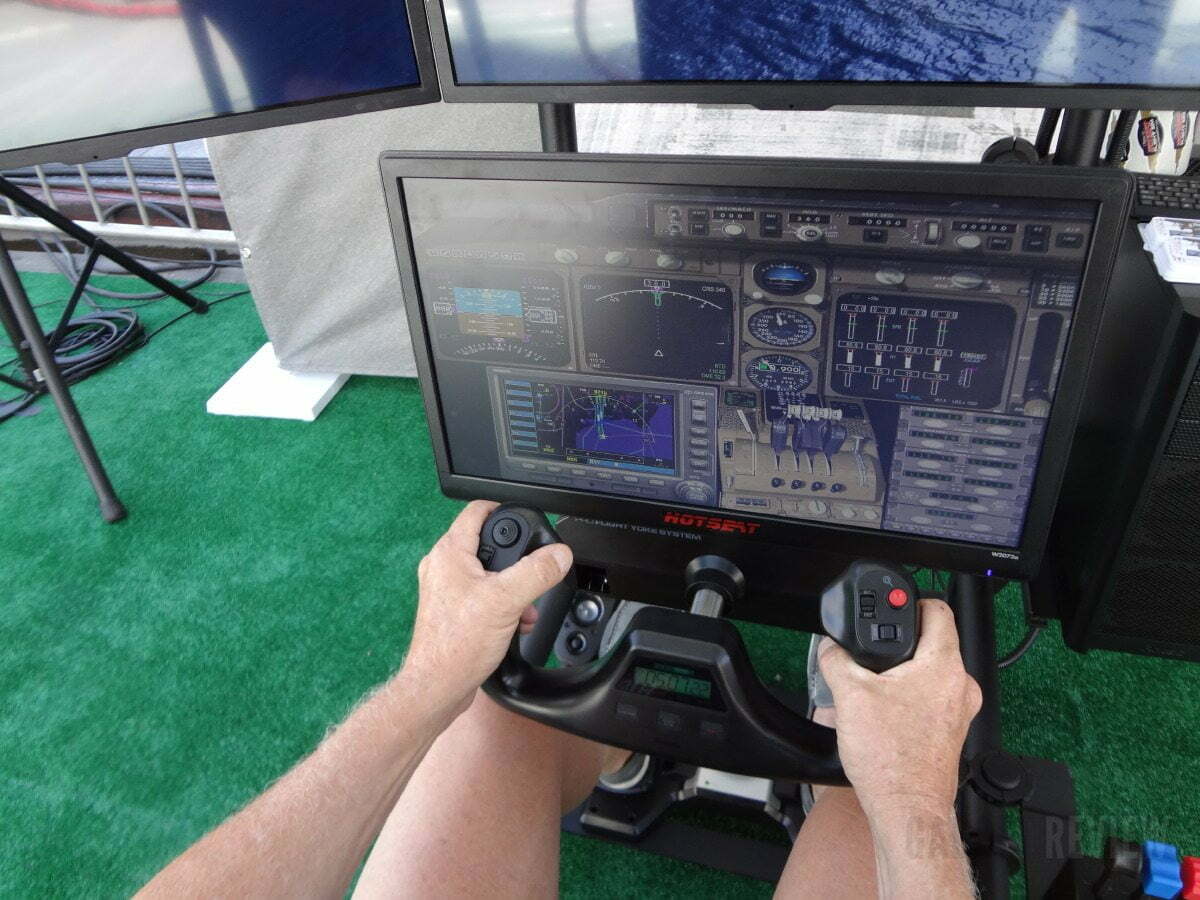
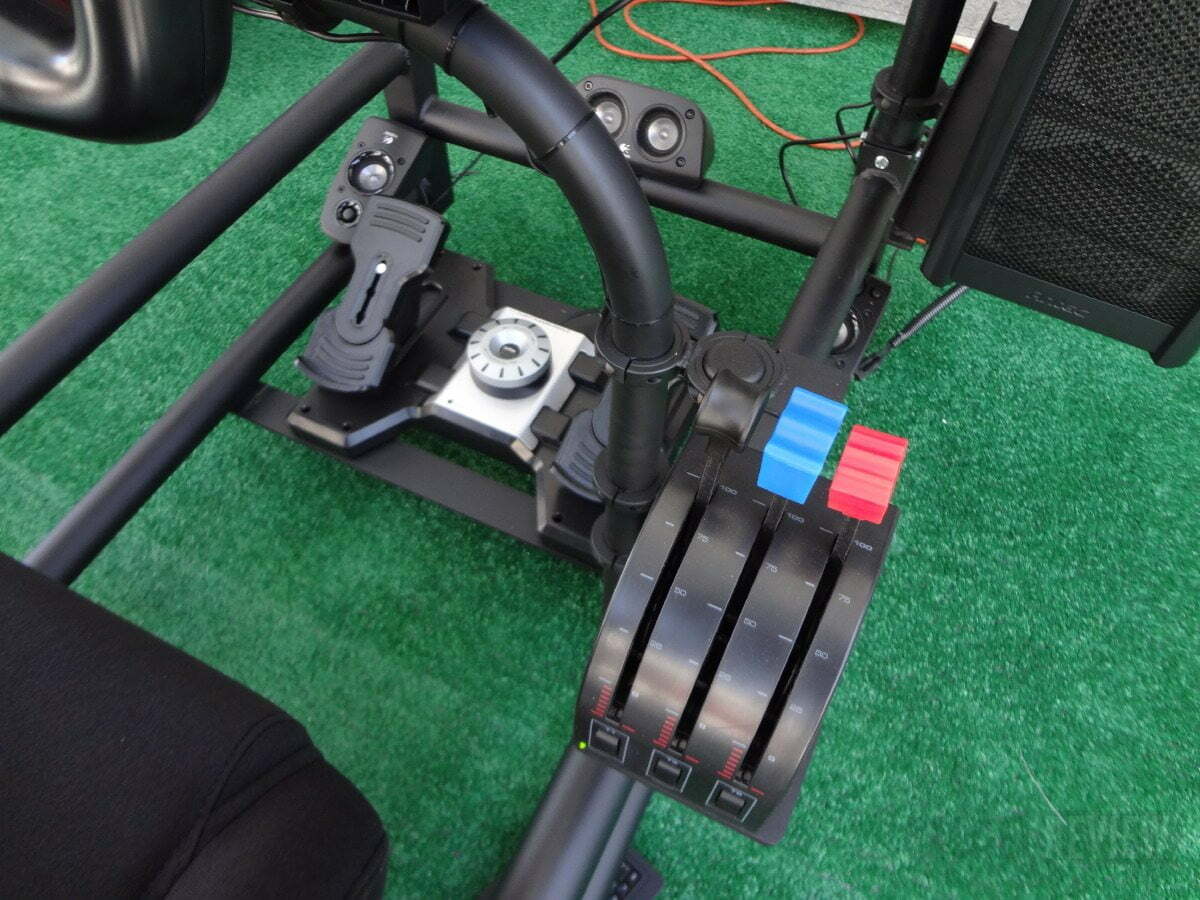
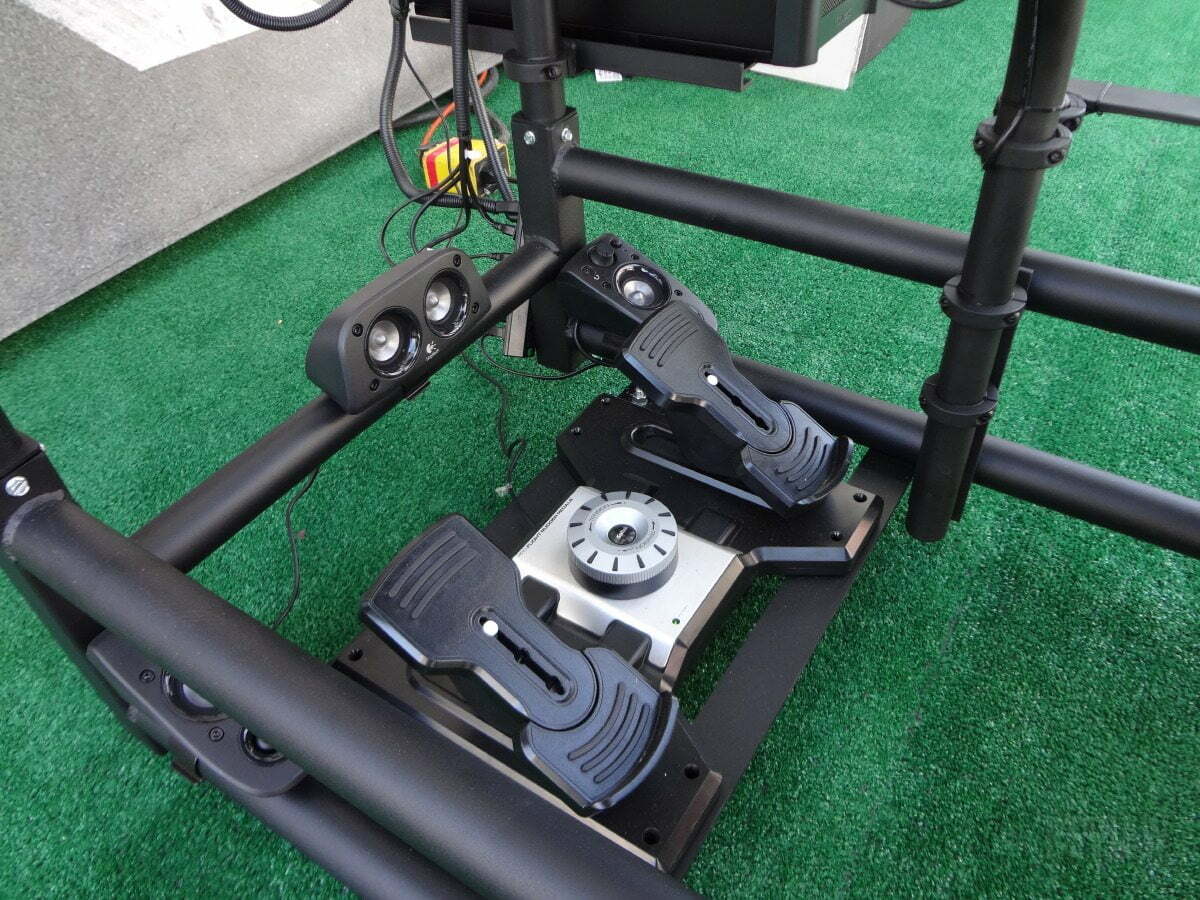
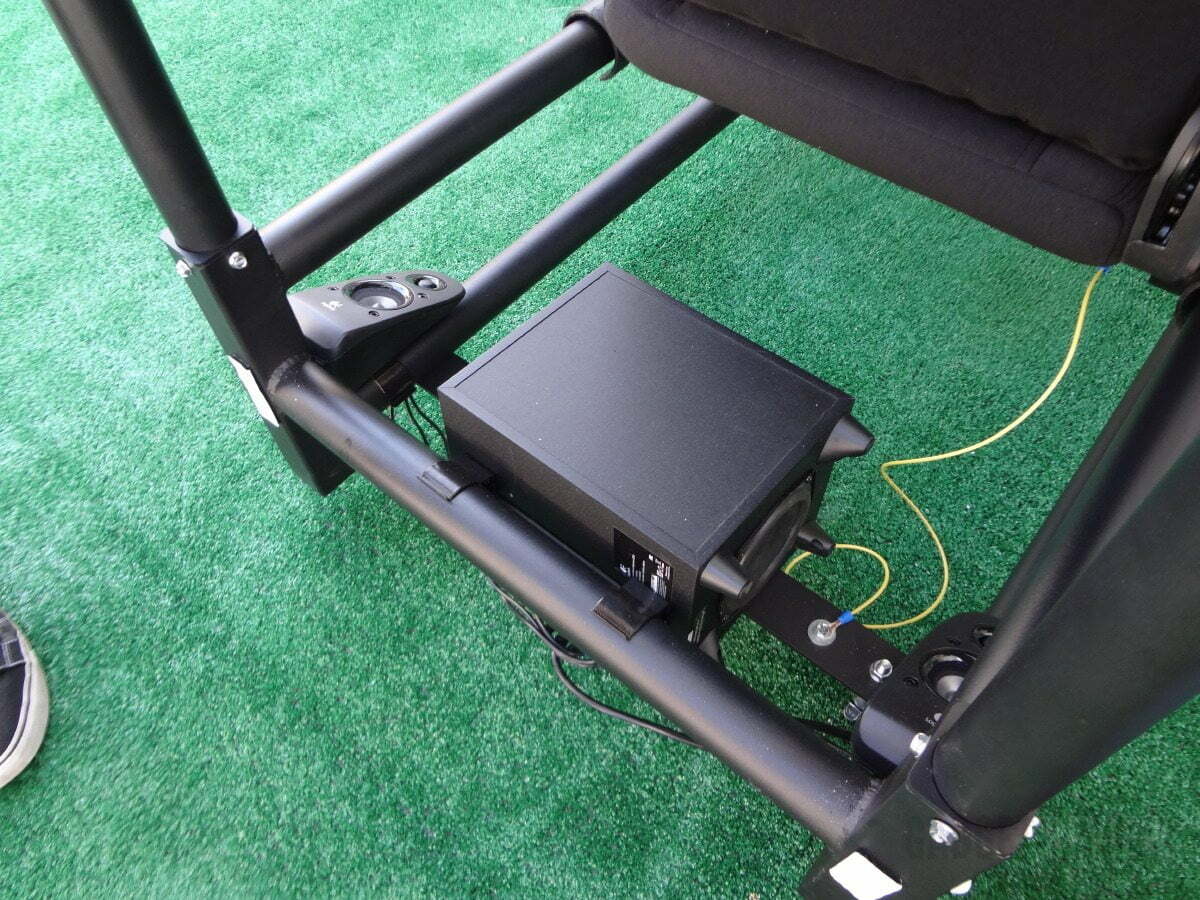
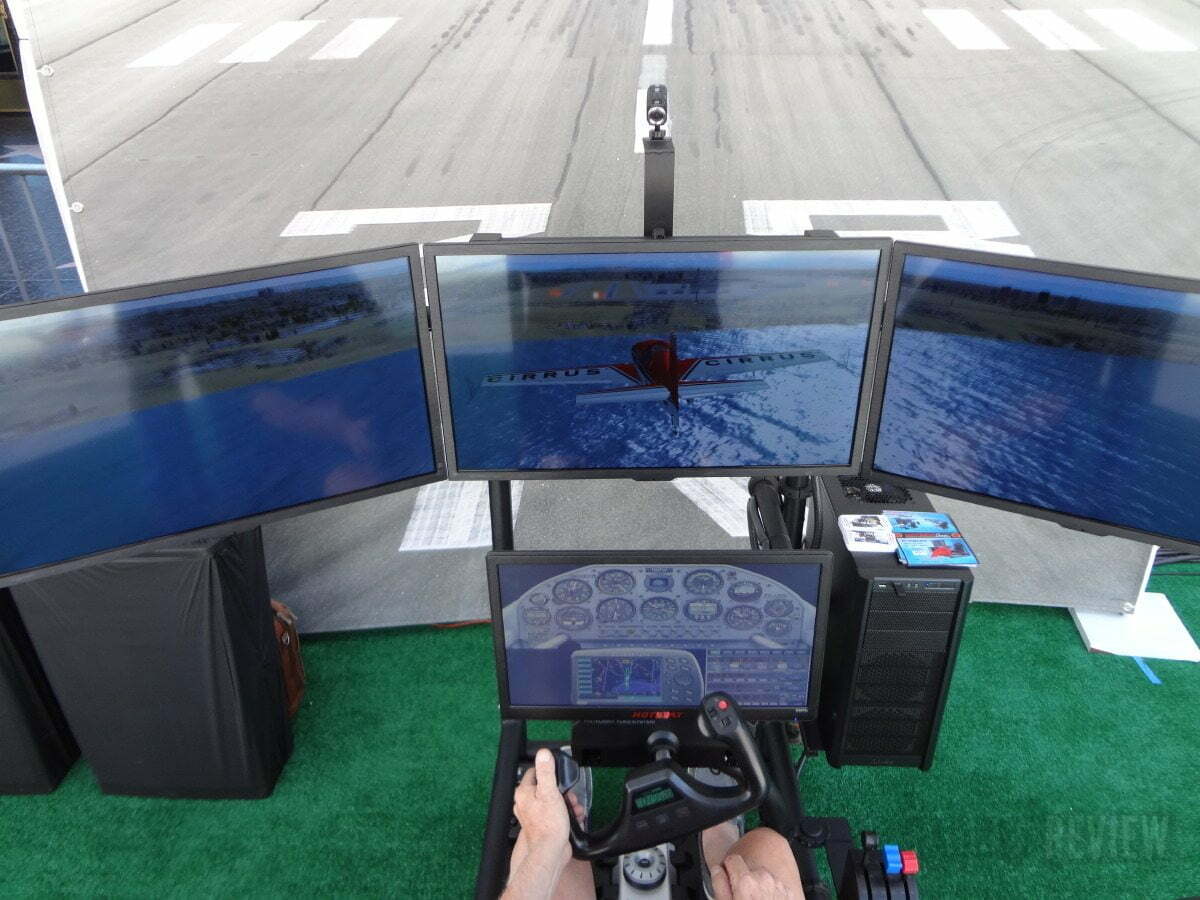
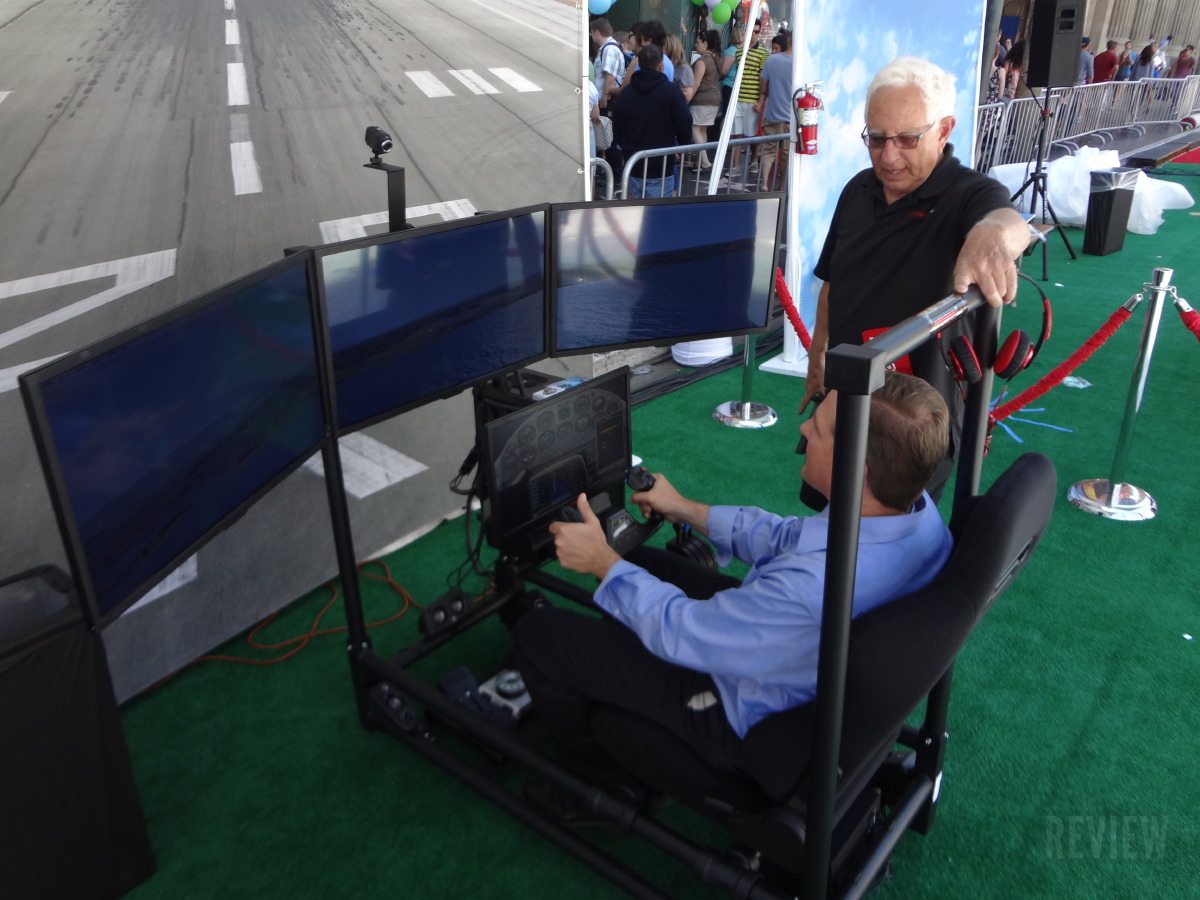
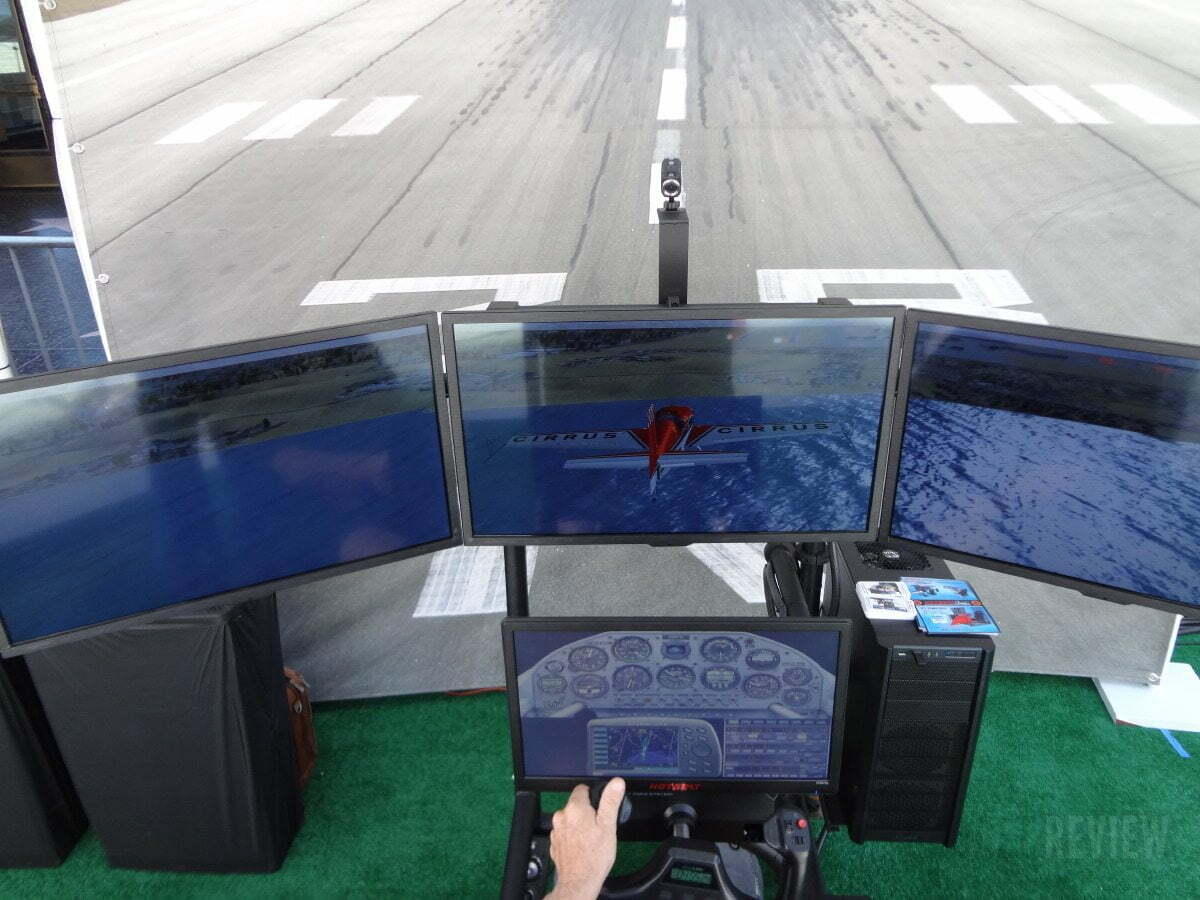

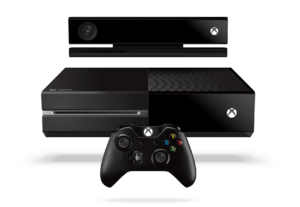

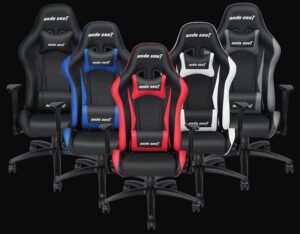





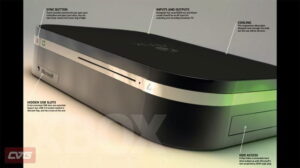


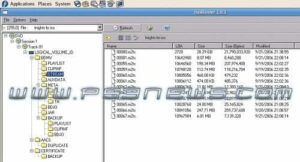
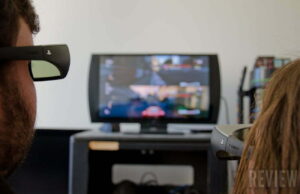


3 responses to “Post Title”